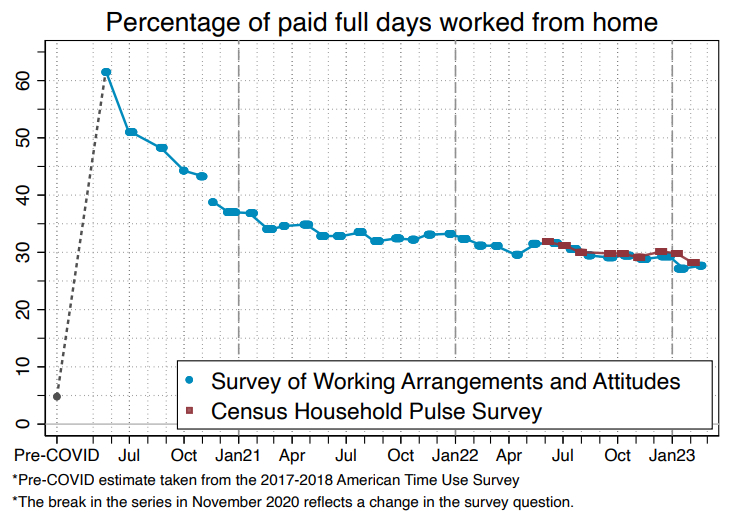
Editor’s preface: The future of work is uncertain as we move into a post-Covid world. We’re seeing the rise of new marketplaces for job placement, tailored to the unique needs of disparate industries. In this article, Every OG Adam Keesling explores the implications of this shift.
A vertical labor marketplace is an online platform that matches workers and employers. It’s not so different from “horizontal” labor marketplaces like Upwork or Fiverr, except that vertical labor marketplaces are built with unique features for particular industries. The way hospitals hire surgeons is very different from how local restaurant chains hire servers, which is also very different from how high-growth startups hire technology executives.
Traditionally, labor marketplaces solve “the matching problem.” Employers need tasks completed, and employees know how to do those tasks. So, match them. Vertical labor marketplaces will do this, but they will do more than just match employees. Expect these new marketplaces to also help employers track their candidates through the recruitment funnel, immediately issue credit cards to new employees that are only accepted at pre-approved vendors, process payroll in the same software system, and much more.
Vertical labor marketplaces will be one of the most compelling venture and growth equity investments over the next decade. If a vertical labor marketplace can solve a problem and make it past the initial phase of finding product-market fit, they develop into businesses with attractive characteristics. They typically have a clear path for growth, strong two-sided network effects, and natural operating leverage from building a technology platform. All things that make them incredible businesses to own.
But it’s not just investors that should pay attention to vertical labor marketplaces. Most people reading this will be participating in the labor market in one form or another. How should the proliferation of these digital labor marketplaces impact your career strategy? What is exciting about them as a participant, and what’s a bit scary about them?
In this post, I dive into the economical and technological trends that make vertical labor marketplaces exciting right now. Then, I do a deep dive into three vertical labor marketplaces that I think are particularly interesting (for investors, operators, and labor participants alike).
Let’s get into it.
Why vertical labor marketplaces are interesting right now
1. Workers are leaving jobs at historically high rates.
While labor was dramatically impacted by the pandemic, as we move into 2023 we are starting to see signs of what the new status quo will look like in the labor market. One thing has been clear: workers are leaving jobs at historically high rates. The “Great Resignation” was coined in 2021 after a record number of workers quit their job, but was surpassed in 2022 after another record-breaking number of people left jobs. This is a historically high number in both absolute resignations (50.5 million) in addition to average quit rates (3.1%).
SourceInterestingly, workers are often leaving to start at another job rather than leave the workforce entirely. Employers hired a record 76.4 million people in 2022, compared to only 16.8 million people laid off.
While some workers are leaving voluntarily, others are not. The difference tends to come down to industry dynamics. Zooming in on the technology sector, there are between 6 million and 9 million total workers depending on how you slice the data. In the past year the headlines have focused on layoffs as the industry experiences a pullback both in public equity valuations and venture capital funding. Around 93k tech workers were laid off in 2022 with an additional 130k losing their jobs just in the first quarter of 2023 (source). However the rest of the economy is booming with almost 1.1 million jobs added in this same first quarter.
2. Hybrid is becoming the steady state for knowledge workers.
Anyone reading this likely knows the knowledge worker Covid story: in 2020, almost every employer implemented a work-from-home policy. In 2021, companies started returning to their offices, and since then, they’ve been trying to figure out the optimal working policy. Employers are forced to balance employee productivity and happiness with things like competition for talent and different kinds of expenses (trading rent expense for off-site costs).
During the pandemic, workers were spending over 60% of their paid days working from home. Since then it’s been plateauing around 25-30%.
SourceThere are a few results from these trends. Local jobs have become national jobs, and national jobs have become international jobs. Increasingly, employers are willing to hire people outside of their local market. While some companies are explicit about outsourcing, others perform “pseudo layoffs” by forcing workers to come into the office. The idea is this: if you force workers to come back to the office, inevitably some of them won’t want to and will quit on their own will. Companies can hire cheaper labor overseas without having to lose face by laying off expensive US-based workers.
3. There are still vast labor shortages in many industries, and training is only one part of the problem.
While many of the workers who resigned in the past few years found new jobs, a healthy minority left the workforce altogether. The labor participation rate is the lowest it’s been in 20 years.
The Only Subscription
You Need to
Stay at the
Edge of AI
The essential toolkit for those shaping the future
"This might be the best value you
can get from an AI subscription."
- Jay S.
Join 100,000+ leaders, builders, and innovators

Email address
Already have an account? Sign in
What is included in a subscription?
Daily insights from AI pioneers + early access to powerful AI tools








Comments
Don't have an account? Sign up!
I also looked into starting a vertical labor marketplace to solve the skilled labor shortage problem in clean energy trades. Part of that process included digging into Workrise and finding many examples of poor execution: https://buildinclimate.substack.com/p/addressing-the-skilled-labor-shortage